Le Chêne Vert campsite is an excellent base for exploring Tarn, a department within the region of Occitanie that boasts an extraordinary cultural and rich natural heritage.
Our campsite is surrounded by a number of hiking routes, with many kilometres of marked and signposted paths and trails, as well as various bathing sites.
Whether you're a sports enthusiast, a nature lover or a culture buff, you'll thoroughly enjoy your holiday in Tarn.





When you think of the Albi area, the first thing that comes to mind is the splendid episcopal city, but there are many other treasures nearby.
Ambialet lines the meandering course of the Tarn, Cordes-sur-Ciel rises above the clouds, Monestiés showcases its impressive array of life-size statues, and
Penne boasts a dizzyingly high château. So go and immerse yourself in the stunning architecture of the area's towns and cities, its enchanting villages and its abundant landscapes.
Our campsite is the ideal base for exploring the 17 Grands Sites de Midi-Pyrénées (Great Sites of the Midi-Pyrénées Region), including the towns of Rocamadour, Cahors, Foix, Marciac and Moissac, the Millau Viaduct and the Pic du Midi observatory.
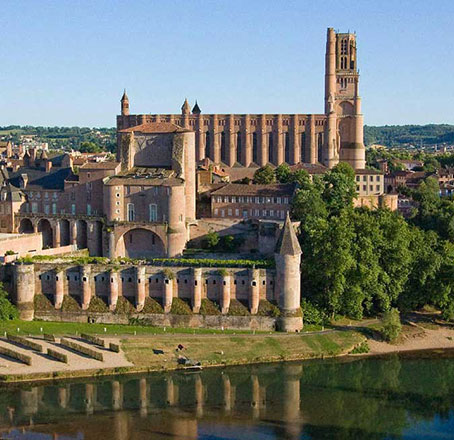
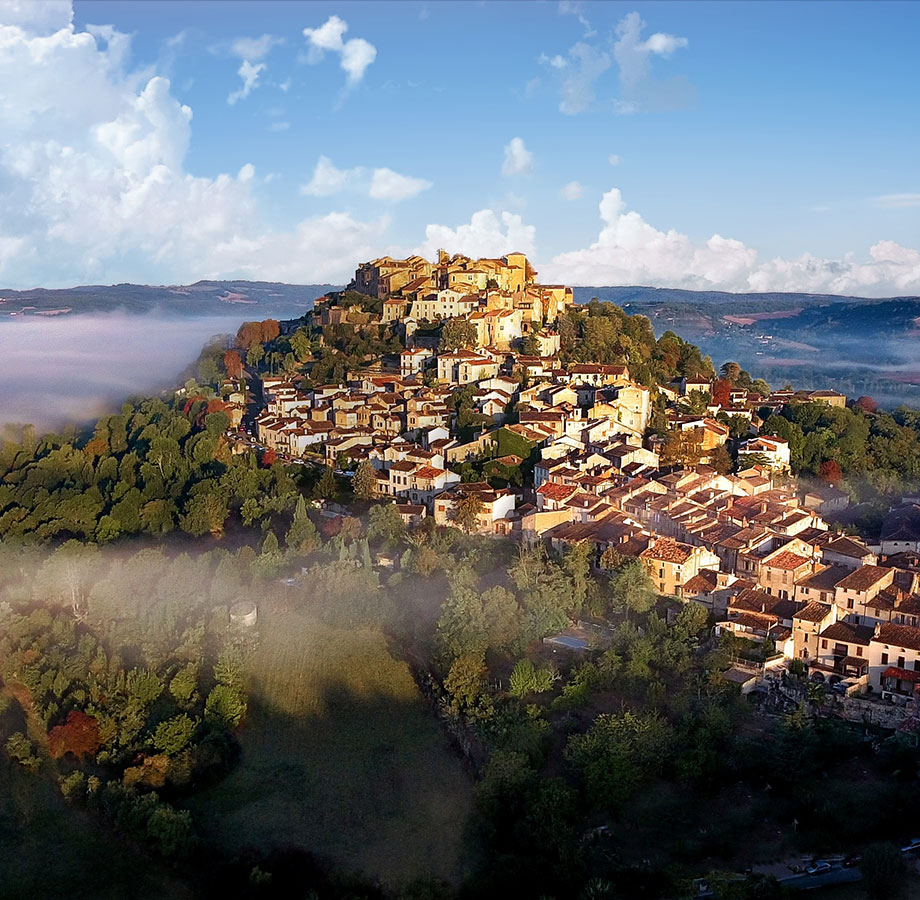

Located in the north of the Tarn department, the area protected by the "Gaillac" designated appellation of origin (AOC) covers 2,500 hectares across 73 municipalities, producing more than 165,000 hl of wine.
This designation currently brings together around a hundred independent wineries and three cooperative wineries. Thanks to its varied lands, of which there are three different types, and its long-standing winemaking tradition, Gaillac is home to both diverse and traditional grape varieties.
A highly diverse winemaking region, offering red, nouveau, rosé, white, dry, perlé, sweet and sparkling wines.
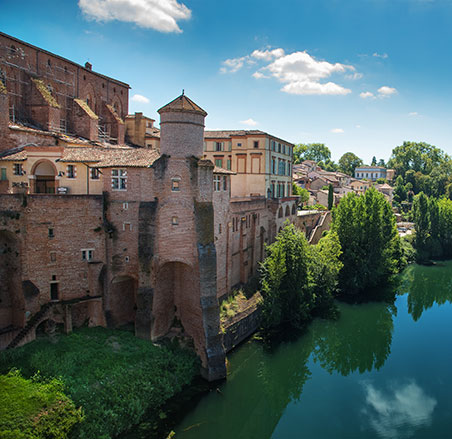
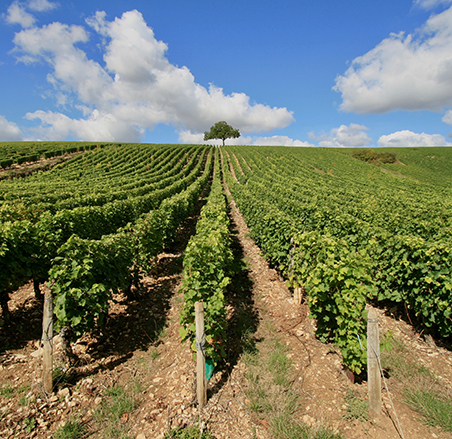

The extraordinary city of Albi is home to the mightily impressive, fortified Cathedral of Saint-Cécile, and the Berbie Palace, the ancient residence of former archbishops of Albi that overlooks the old town and the river below.
Albi is also the birthplace of post-impressionist painter Henri de Toulouse-Lautrec, with a special museum in the city holding the world's largest collection of his works.
But most importantly, Albi itself is a major historical site, owing its name to the proponents and followers of Catharism, the Albigensians, who were violently repressed by the Roman Catholic Church in the 18th century during the Albigensian Crusade.
Saint-Cécile Cathedral was built by the Catholics to fight against Cathar heresy.
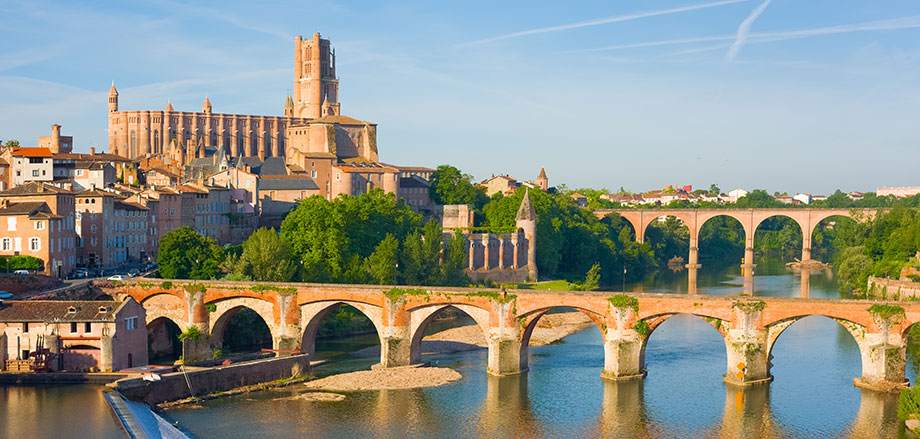

Cordes-sur-Ciel is a fascinating village, rising above the clouds.
Thanks to its extraordinary location and spectacular architecture, Cordes became not only one of the most important Medieval villages in France, but also a major European heritage side.
It is now considered a Grand Site de Midi-Pyrénées (Great Site of the Midi-Pyrénées Region) and was named village préféré des Français (France's favourite village) in 2014.
The rare authenticity of the local way of life has enticed artists and artisans alike, persuading them to stay in search of their inspiration.
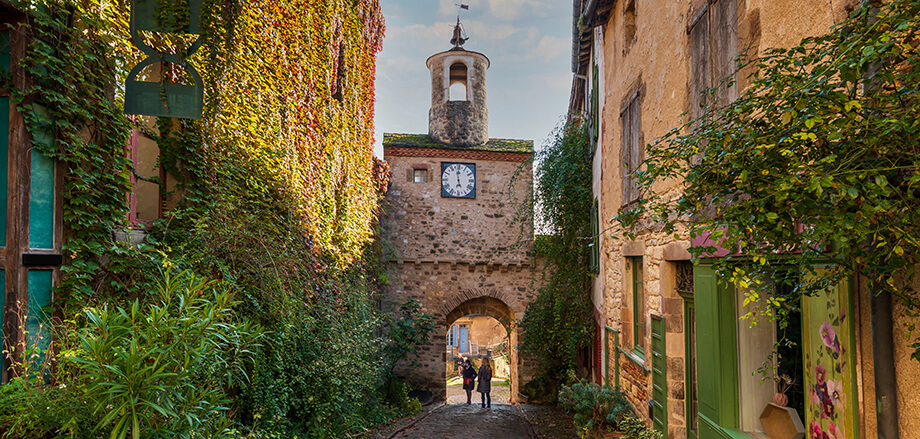

Amble along the narrow streets of these Medieval villages, pace up and down their ramparts, follow their fortified passageways and breathe in the encircling air. Favoured initially during the tragic episode of anti-Cathar repression known as the Albigensian Crusade, the bastides of Tarn were erected in the 13th and 15th centuries, marking the beginning of a period of commercial prosperity.
Among the abundant green countryside of the Aveyron Gorge area is a shaded route concealing the small village of Penne-du-Tern. With its narrow streets and old château – a majestic Medieval construction perched on the spur of the highest hill – this picturesque village overlooks the River Aveyron below.
Here, whitewater enthusiasts can enjoy a nice bit of caneoing, while others may dive into the depths of the gorge to explore its caves, or simply bathe or relax along the riverbank.
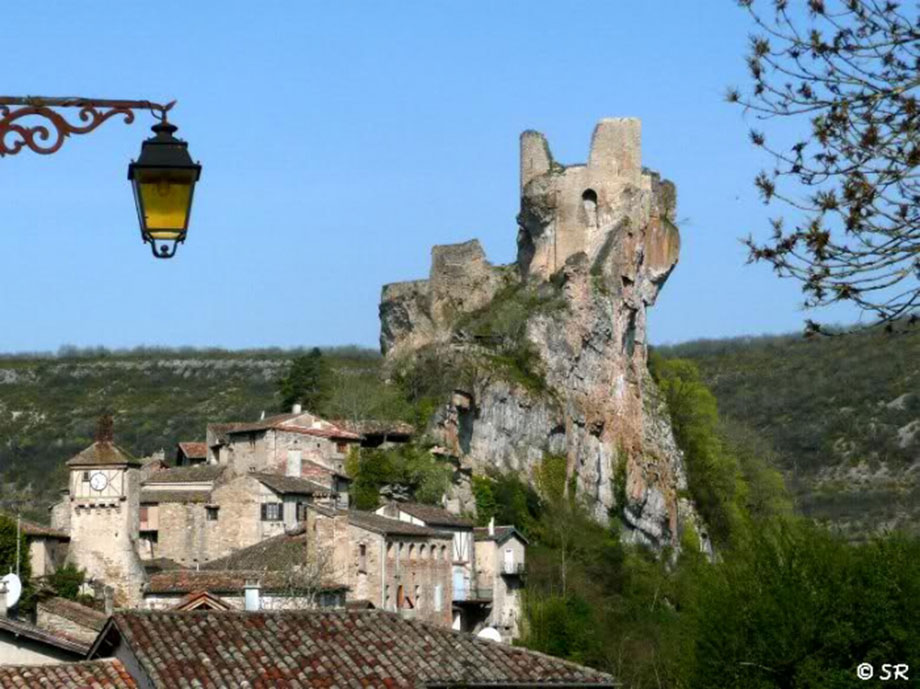

Exuding the same lively, pleasant feel of other southern French cities, Toulouse (the "Pink City") will be sure to captivate you with its friendly atmosphere, charming narrow streets, ancient façades, religious buildings and highly diverse range of museums. The city is also steeped in art and history, boasting an impressive artistic and architectural heritage.
Its must-see sites include Place du Capitole, the St Sernin Basilica, the banks of the Garonne, Place St Pierre, La Cité de l'Espace and the Airbus factory.
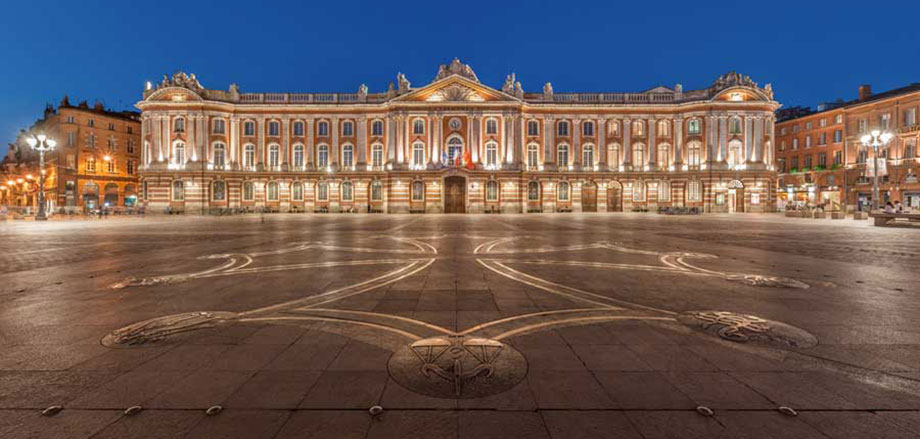

A UNESCO World Heritage Site, the fortified Medieval city of Carcassonne has a unique cultural and historical heritage. The entire place immerses you in the golden age of knights and the Middle Ages: typical, narrow Medieval streets, half-timbered façades, ramparts and, of course, its mightily impressive château.
Its must-see sites include the St Nazaire Basilica, the Comtal Château, la Porte Narbonnaise and Porte d'Aude gateways, the Théâtre de la Cité, its baileys and ramparts, and Le Grand Puits guesthouse.
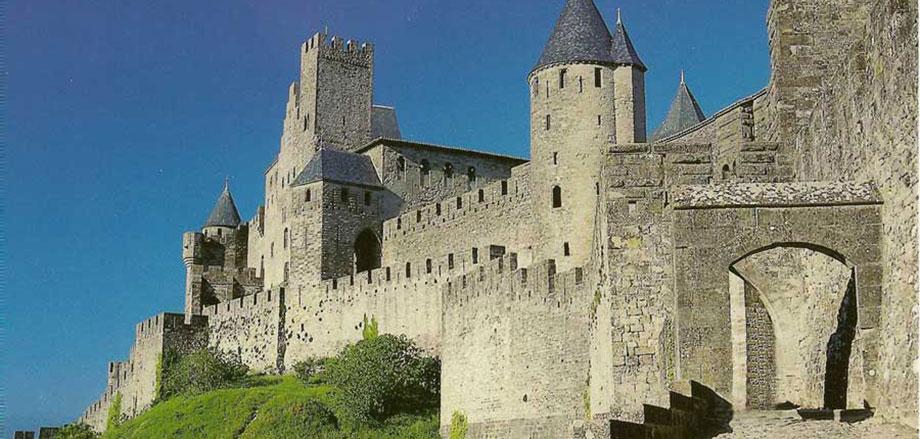
Follow the long, marked and tree-lined trails through woodlands until you reach the Grésigne Forest, the largest oak forest in the south of France, covering an area of 3,600 hectares. Meanwhile, an alternative forest trail will lead you to the Sainte Cécile du Cayrou church.
12 km, 3 hrs, Difficulty: easy
Starting in Castelnau-de-Montmiral
Starting at the Saint-Jérôme Cross, this route will take you through vineyards and woodlands, offering breathtaking views of Castelnau-de-Montmiral and Gaillac's hillsides. You will also see the Gradille Chapel along the way.
9 km, 3 hrs, Difficulty: easy
Starting in Castelnau-de-Montmiral
Starting at La Maison Forestière de La Grande Baraque, this hike is ideal for wild nature lovers, traversing the Grésigne Forest on both sides of the D87 highway. This route takes a number of barely recognisable trails, totally avoiding forest tracks and paths. So don't make too much noise, as you may attract wild boars!
15.19 km, 5h 10m, Difficulty: moderate
Starting in Castelnau-de-Montmiral
Along this hike, you will be able to enjoy breathtaking views of Cordes-sur-Ciel, small neighbouring villages and the Meulières Cave. As you follow the trails through the rolling countryside of the Grands Causses (limestone plateaus), you will also encounter the majestic bastides (preserved Medieval villages) of the Albi area and La Meulière de Clayrac, a subterranean millstone quarry.
10.9 km, 4h, Difficulty: moderate
Starting in Cordes-sur-Ciel
This route is lined with long paths and trails, so you will have plenty of time to enjoy the spectacular views of Cordes-sur-Ciel, the Cérou Valley and the villages of Mouzieys-Panens, Labarthe-Bleys and Vindrac-Alayrac. You will also notice washing places, a chapel, churches and the wash house of the Sainte-Lucie Chapel, among other things.
11.5 km, 3h 30m, Difficulty: moderate
Starting in Les Cabannes
Guaranteed to please history buffs as it passes by the Cayla Château/Museum, the birthplace of French poet Maurice de Guérin and his sister Eugénie, this route is lined with vines and hillsides. The surrounding rolling landscape is also dotted with splendid villages and beautiful dovecotes.
14.57 km, 4h 40m, Difficulty: moderate
Starting in Vieux



Our campsite has 114 pitches.
We also have a shower block for people with reduced mobility.
Only 1 animal allowed per pitch, except cats.
Pets are not allowed in our premium mobile homes.

OPENING DATES
Camping pitches from 07/06 to 06/09
Holiday rentals from 03/05 to 30/09
Owners from April to October

For group bookings,please contact us
Reception opening hours, July-August: 8:30 a.m. to 6:30 p.m.